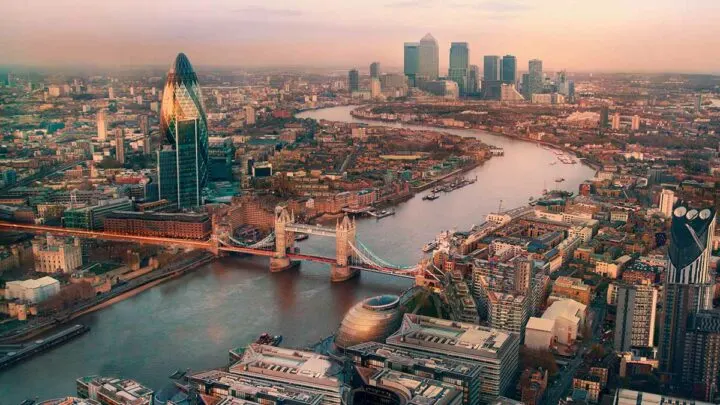From the Romans to the present day, discover the brilliantly fascinating story of London’s sewage system.
London has many histories. Some we know well, and some we don’t. One that doesn’t seem to get much attention is the history of its sanitation.
The London sewer system is actually a perfect vehicle, not just for human waste, but for a history of the city’s relationship with infectious disease.
The squeamish may look away. Read on for the hidden secrets of the London sewer system.
The History of The London Sewage System
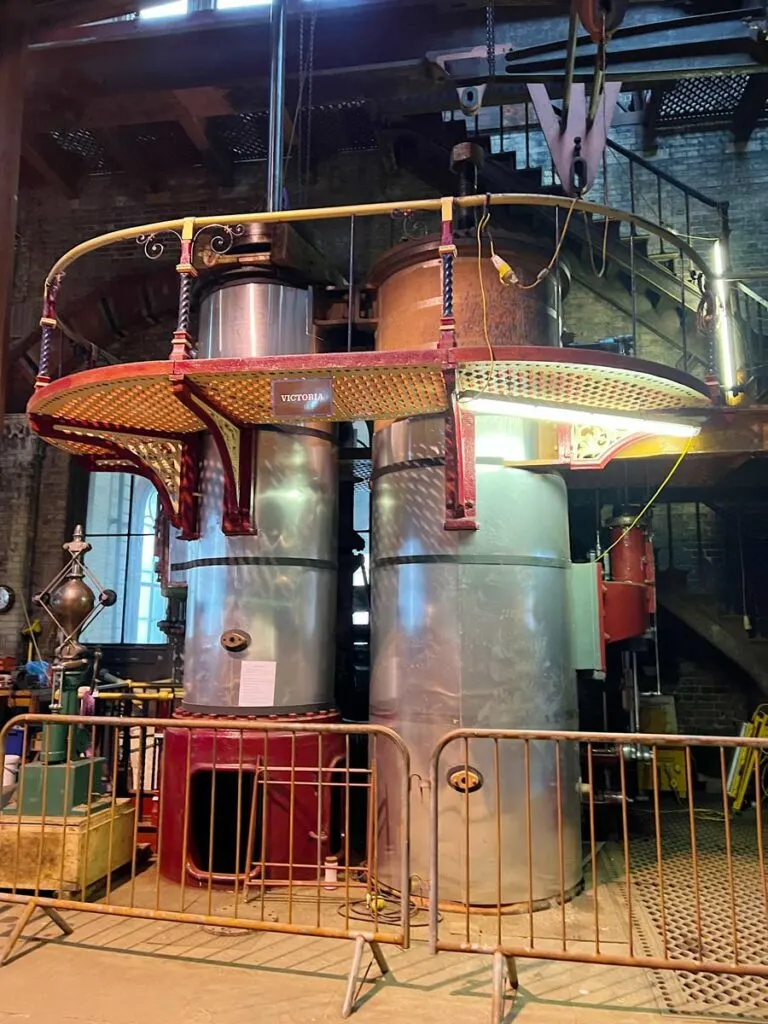
The history of London’s Sewage System is really a history of the nasty diseases that plagued our ancestors, and the methods they devised to prevent them. It’s that story that is what makes what are, at the end of the day, a series of banal pipes so interesting. That story goes right back to the Romans.
The Romans were, evidence highly suggests, the first people to give London sewers. They did this because they thought that killer diseases were transmitted by bad smells, or what they called miasma. What is slightly baffling is that this was the thinking right up until the mid 1800’s.
Even more baffling is that people in London would have been aware of this and still gone about throwing their sewage into the street, or the nearest river.
Until London was given a modern sewage system in 1865, this was still the done thing when it came to getting rid of your human waste, and it was killing people by the thousands.
Cholera, John Snow, and the Broad Street Pump
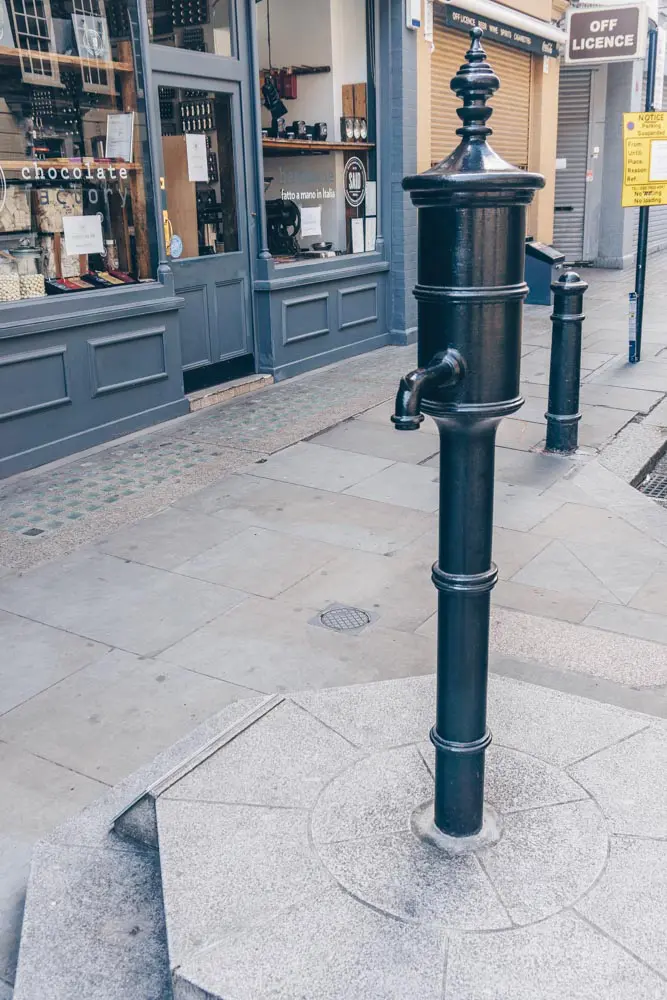
By the early Victorian era, only half of children born in London made it to their fifth birthday. Cholera epidemics were sweeping the city and the country.
In the worst year, 1854, 23,000 people died in Great Britain. And the man who figured out how the disease is spread is a bit of a London hero and has a great part to play in this story.
His name was John Snow. He was a physician, and a crafty deductor of the truth. He figured that, as he’d been treating many cholera patients during an outbreak in 1849 and not caught cholera himself, the disease couldn’t be airborne.
Then, during the 1854 epidemic, he managed to track a localised group of cases to a water pump on Broadwick Street (then just Broad Street) that you can still see today. The final bit of evidence that closed the case was that none of the 70 employees of a nearby brewery had died. They’d all just been drinking beer.
Snow never knew it, but what had been causing the outbreak was an old sewer leaking sewage into the pump’s water supply. It would be another two years before parliament would pay enough attention to the problem to try and fix it.
And it would take the kicking up of a bit of a stink. Literally.
The Great Stink
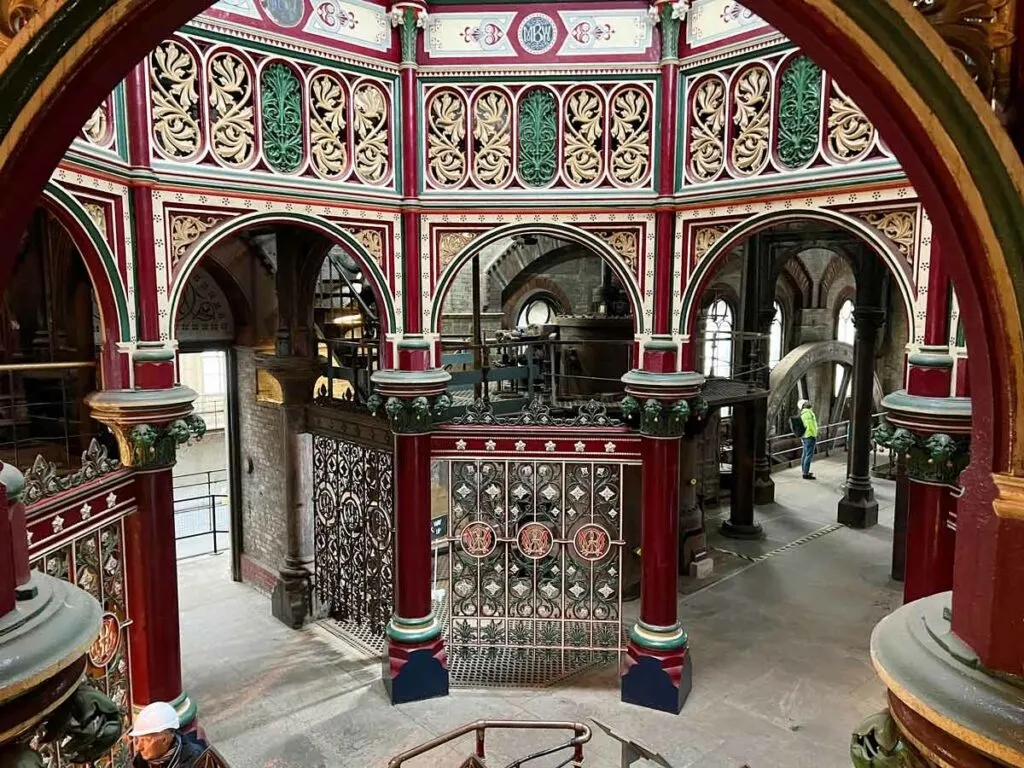
By the mid 1800s, 2 and a half million people throwing sewage into the Thames was becoming untenable. Cartoons from the time repeatedly show the river as dying, people were avoiding it for the dangers of disease, and for the smell.
In the summer of 1858 something unprecedented happened. The build up of all that sewage and the introduction of a little summer heat created a smell in the river so bad that it shut down the houses of parliament. The politicians literally couldn’t take it any longer.
Their policy of ignoring the issue or kicking the can down the road had to be changed. They were Victorians, of course, and their solution came in the form of a smart bit of engineering. They decided it was time to press ahead with plans for a full-blown sewer system.
Joseph Bazalgette, London’s Unsung Hero
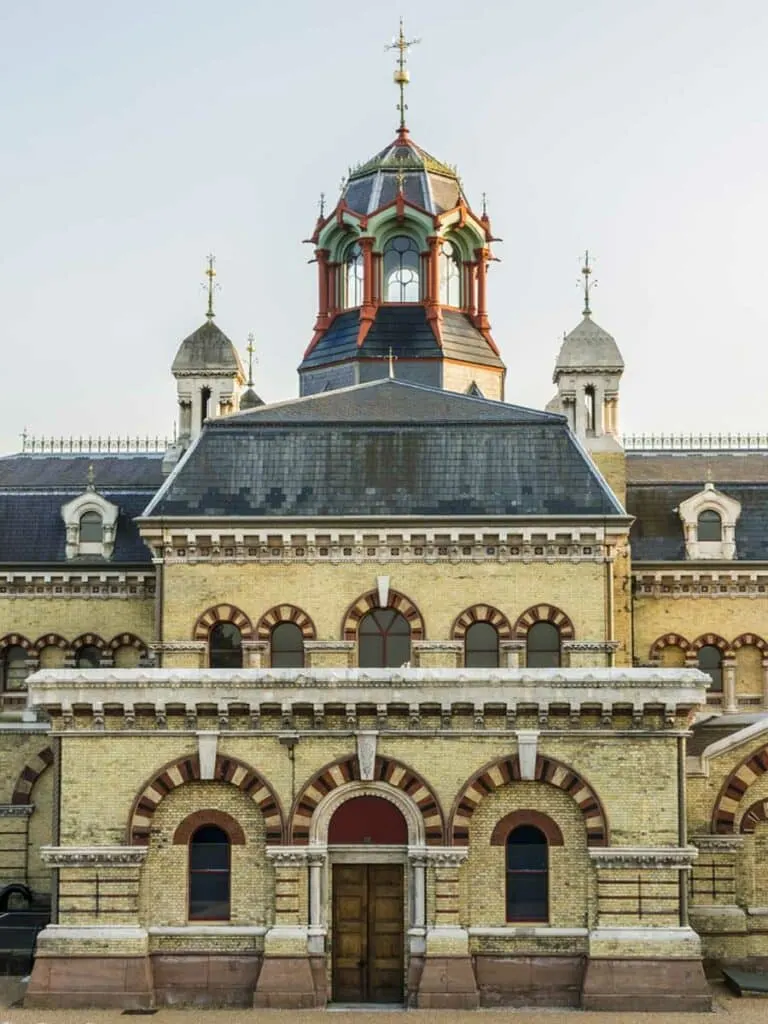
So, who built London’s sewage system? The man that got the job was a civil engineer named Joseph Bazalgette. He would change London in a way that few of us notice or recognise, but all completely depend upon.
By the time the big stink came along, plans for a sewage system by the Metropolitan Board of Works were already underway. Bazelgette had joined the project in 1856 after a period of time off from overwork.
At first he was just a regular old engineer but he got promoted to the top job after the death of his boss. Any guesses on how he went? It was overwork. These guys didn’t mess around.
Bazalgette made a set of plans for 132 miles of enclosed main sewers that would take London’s human waste outside the city limits. They would be fed by 1,100 miles of smaller sewers that would replace the old sewers like the one that was leaking into the Broad Street pump, and new ones that would carry sewage from unpiped areas.
A Very Smelly Problem
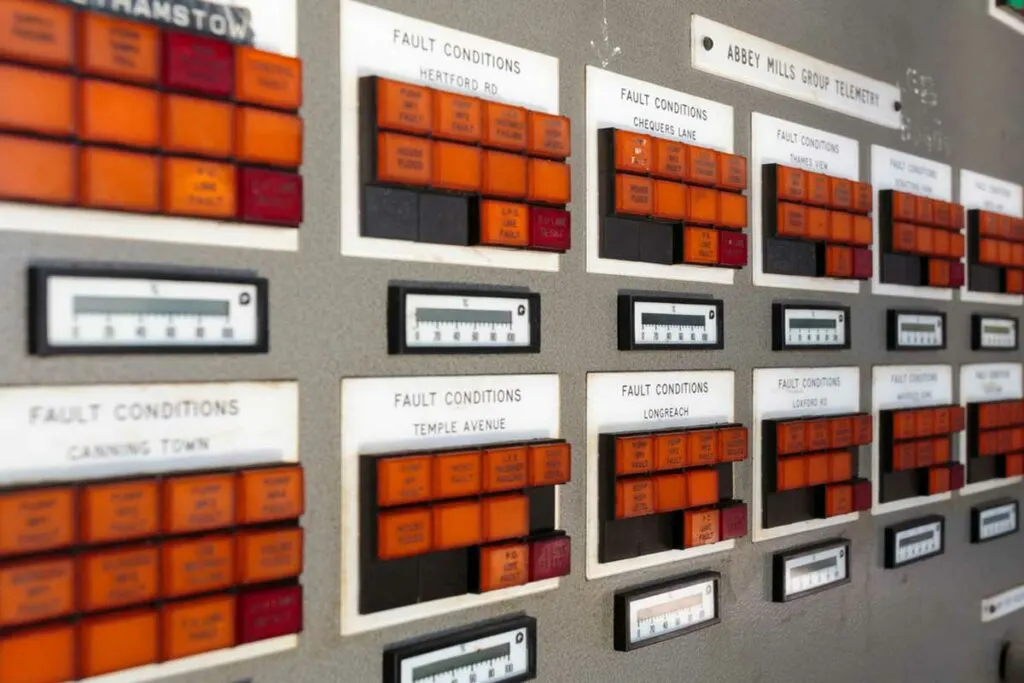
The London sewage system designer had a problem, though.
The main sewers would use gravity to carry the waste out to the city limits, but they would need to get it up to ground level again. His solution would be to create two pumping stations at the city limits, one on the north side of the Thames and one on the south.
In true Victorian style, he didn’t do this without a good touch of flourish. Abbey Mills and Crossness Pumping stations are magnificently decorated buildings that incorporate multiple styles of architecture popular at the time of their construction.
The Modern Sewers
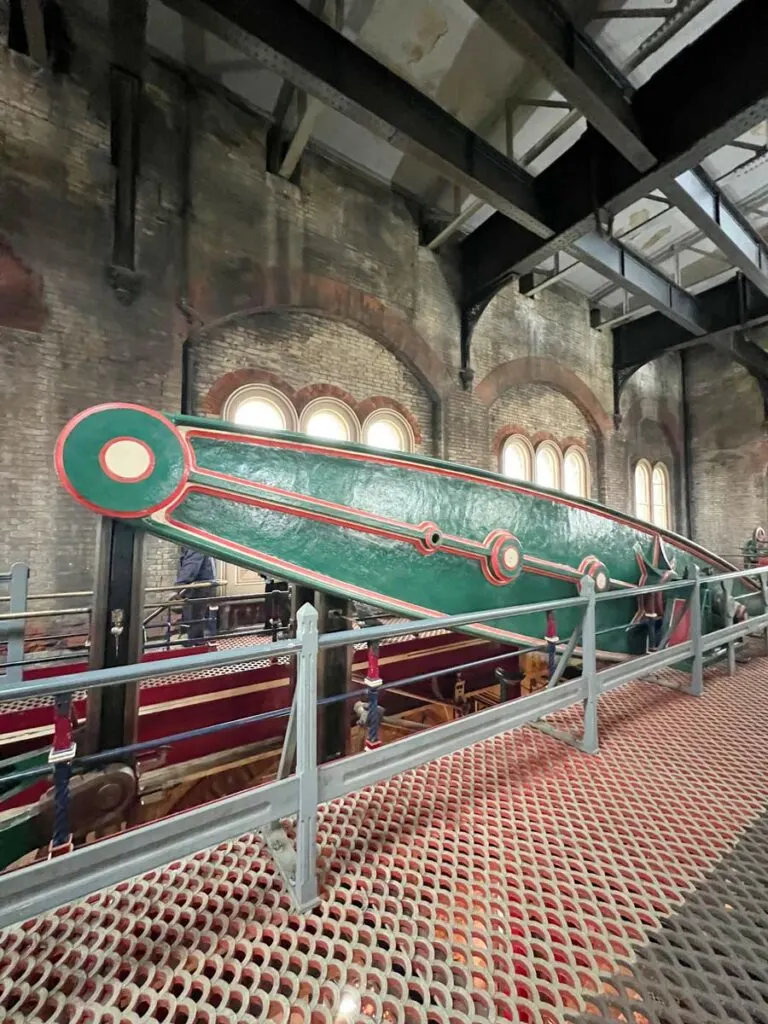
Bazalgette’s sewers were completed in 1870. By the time of their completion, cholera was virtually non-existent in London. The main sewage lines that drain London’s waste today are still the same ones that he designed over 150 years ago.
Two extra main sewage lines were added to the Victorian sewers in 1910, and the job of the Victorian pumping stations have been replaced by modern units, but Bazalgette’s sewers are still in good working order.
The funny thing is, because Bazalgette’s contribution to London doesn’t get seen or thought about much, the man’s name doesn’t go down in history with as much impact as it should. We all know who Christopher Wren was. We can see St Pauls. But how many of your friends can tell you what Joseph Bazalgette did for London?
He’s only the reason you’re not all dying of cholera.
The London Sewage System: Practical Information
- Although you can’t actually visit the sewers, you can take trips to Abby Mills and Crossness Pumping Stations.
- Crossness Pumping Station is much easier to visit, you’ll have better luck trying there. You can’t just turn up, you’ll need to go as part of a tour. They organise those pretty regularly. Abbey Mills, for some reason, doesn’t have so much visitor activity.

